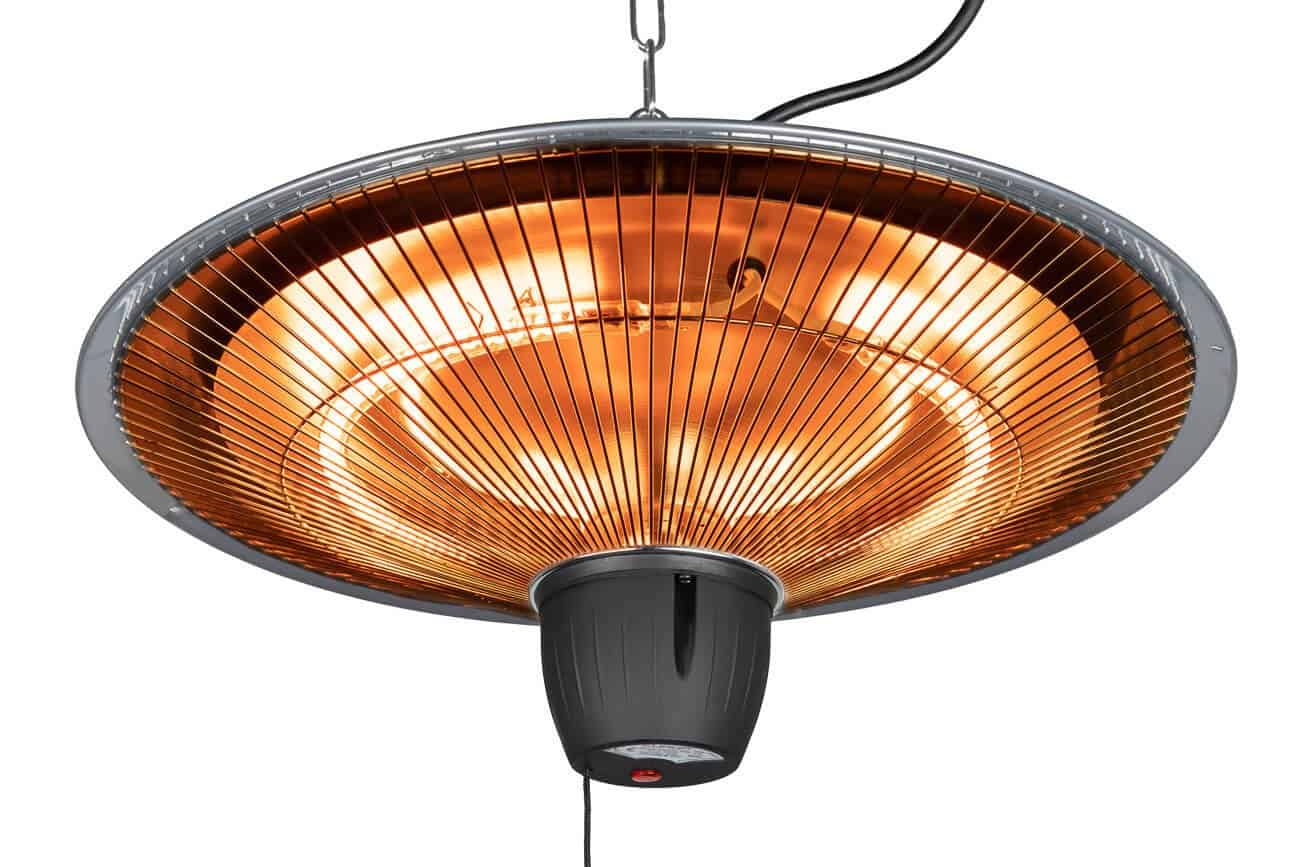Types of Bathroom Ceiling Heaters and Lights

Bathroom ceiling heater and light – Bathroom ceiling heaters and lights combine the functionality of both heating and illumination, providing warmth and brightness in one convenient package. They come in various types, each with unique features and benefits tailored to specific needs and preferences.
As the steamy shower transforms your bathroom into a humid oasis, the ceiling heater and light cast a warm glow, keeping you cozy. However, when it comes to replacing the bathroom fan, it’s often easier to do it from below, as explained in this guide: replace bathroom fan from below.
Once the fan is replaced, the heater and light will continue to provide comfort and illumination, ensuring your bathroom remains a sanctuary of warmth and brightness.
Infrared Heaters
- Benefits: Generate radiant heat, warming objects and people directly without heating the air. Energy-efficient and provide targeted warmth.
- Drawbacks: May not distribute heat evenly throughout the bathroom, creating hot and cold spots.
- Example: Broan-NuTone IR400 Infrared Ceiling Heater (400 watts)
Convection Heaters
- Benefits: Use a fan to circulate warm air throughout the bathroom, providing even heating. Ideal for larger spaces.
- Drawbacks: Can be noisy and may stir up dust and allergens.
- Example: Stelpro 3000 Watt Convection Ceiling Heater
Recessed Lighting
- Benefits: Discreet and elegant, providing ambient lighting without taking up space. Can be used in combination with a heater for additional warmth.
- Drawbacks: Installation requires cutting into the ceiling, which may be difficult in existing bathrooms.
- Example: Halo RL56 6″ LED Recessed Light (1000 lumens)
Flush Mount Lighting
- Benefits: Easy to install and provides ample lighting. Can be paired with a separate heater for added warmth.
- Drawbacks: May not be as aesthetically pleasing as recessed lighting.
- Example: Lithonia Lighting WF4 4-Light Flush Mount Ceiling Light
Considerations for Choosing a Bathroom Ceiling Heater and Light

When selecting a bathroom ceiling heater and light, several factors should be taken into account to ensure optimal performance and comfort:
The size of the bathroom plays a crucial role in determining the appropriate wattage for both the heater and the light. A larger bathroom will require a higher wattage to effectively heat and illuminate the space. The insulation of the bathroom is also an important consideration, as better insulation will reduce heat loss, allowing for a lower wattage heater. Ventilation is another factor to consider, as proper ventilation will help to remove moisture and prevent mold growth, which can be exacerbated by excessive heat.
Personal Preferences
In addition to these practical considerations, personal preferences also play a role in choosing a bathroom ceiling heater and light. Some individuals may prefer a brighter light, while others may prefer a softer, more diffused light. Similarly, some may prefer a higher temperature, while others may prefer a more moderate temperature. By considering both practical factors and personal preferences, you can choose a bathroom ceiling heater and light that meets your specific needs and creates a comfortable and inviting atmosphere.
Installation and Maintenance of Bathroom Ceiling Heaters and Lights

Installing and maintaining bathroom ceiling heaters and lights requires careful attention to safety and functionality. This guide will provide step-by-step instructions for installation, as well as essential maintenance tips to ensure optimal performance and longevity.
Electrical Wiring and Safety Precautions
Electrical wiring is a crucial aspect of installing bathroom ceiling heaters and lights. Always consult a qualified electrician to ensure proper installation and adherence to safety regulations. The following steps are typically involved:
- Turn off the electricity at the main breaker panel.
- Identify the location of the electrical junction box where the heater and light will be mounted.
- Connect the wires from the heater and light to the corresponding wires in the junction box, ensuring proper polarity (black to black, white to white, green to ground).
- Secure the wires with wire nuts and electrical tape.
- Turn on the electricity and test the operation of the heater and light.
Safety precautions must be observed throughout the installation process. Always wear insulated gloves and safety glasses. Do not attempt to install the heater and light if you are not comfortable working with electricity.
Regular Maintenance and Troubleshooting, Bathroom ceiling heater and light
Regular maintenance is essential to ensure the safe and efficient operation of bathroom ceiling heaters and lights. Here are some recommended maintenance tasks:
- Clean the heater and light fixtures regularly with a damp cloth to remove dust and debris.
- Inspect the electrical connections periodically for any signs of damage or corrosion.
- Replace the light bulbs as needed.
- If the heater or light malfunctions, turn off the electricity and contact a qualified electrician for troubleshooting.
The warm glow of the bathroom ceiling heater and light cast a comforting ambiance, illuminating the space for a relaxing shower. But before stepping into the revitalizing stream, a question arises: can bathroom fans be installed within the shower? For a comprehensive exploration of this topic, refer to the insightful article at can bathroom fan be installed in shower.
Upon delving into the technical considerations and safety precautions, you’ll be equipped to make an informed decision for your bathroom’s optimal ventilation and comfort.